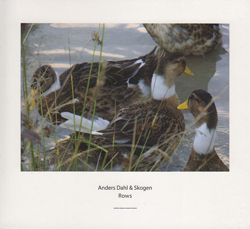
Sweden's Skogen returns with a beautiful work for chamber ensemble with Magnus Granberg, Angharad Davies, Toshimaru Nakamura, Ko Ishikawa, Anna Lindal, Henrik Olsson, Petter wastberg and Erik Carlsson, interpreting a piece by Anders Dahl using a 12 tone system.
In Stock
Quantity in Basket: None
Log In to use our Wish List
Shipping Weight: 3.00 units
EU & UK Customers:
Discogs.com can handle your VAT payments
So please order through Discogs
Sample The Album:
Anders Dahl-composer
Angharad Davies-violin
Magnus Granberg-piano, clarinet
Ko Ishikawa-sho
Anna Lindal-violin
Toshimaru Nakamura-no input mixing board
Henrik Olsson-bowls, glasses
Petter Wastberg-contact mic, objects, feedback
Erik Carlsson-percussion
Click an artist name above to see in-stock items for that artist.
Label: Another Timbre
Catalog ID: at64
Squidco Product Code: 17920
Format: CD
Condition: New
Released: 2013
Country: UK
Packaging: Cardstock gatefold foldover
Recorded at Atlantis, in Stockholm, Swede, in November, 2012, by Janne Hansson.
"The return of the Swedish-based ensemble Skogen, after the success of their previous CD 'Ist gefallen in den Schnee'. This time the ensemble interpret a piece by Anders Dahl to produce what is, in the composer's words, 'the simplest twelve tone music possible'. With Magnus Granberg, Angharad Davies, Toshimaru Nakamura, Ko Ishikawa, Anna Lindal, Henrik Olsson, Petter wastberg and Erik Carlsson."-Another Timbre
Interview with Anders Dahl
"I set out to create the simplest twelve tone music I could think of...."
Could you explain how 'Rows' is structured, and how much freedom the instrumentalists are given in their interpretation of the score?
Let me start from the beginning. I was thinking about how Schoenberg's nice and simple solution to avoiding keys in music, the twelve-note technique, became used in a more and more advanced way as time went on. The technique was that you have to play each note of the chromatic scale once before you're allowed to repeat any note again. In that way all the twelve notes became equally important, which is heart-warming. It later evolved into serialism and everything started to get dictated by different series in an amazing level of detail. I started wondering about how it would have sounded if they had simplified it instead. So I set out to create the simplest twelve tone music I could think of. The solution I came up with was to play each note of the twelve tone row once and then be done.
So each row is randomly generated as a twelve-tone row with a set duration. The musicians play all the notes once and in the specified order, at any point within the time assigned to that row. The musicians can play the note however they like. Only the letter for the note is specified so they can play it in any octave. They can also skip any note or replace it with an unpitched sound or noise. In addition some of the Rows have a title, which suggests a particular approach, and acts as a kind of guide which they can either follow fully, partly or not at all.
There is one more thing that's central to the piece. On the first recorded version of Rows (which will hopefully be released on the Bombax Bombax label at a future date), all the musicians were recorded individually without hearing any of the other tracks. The tracks were then layered on top of each other, creating an indeterminate interplay. The surprising thing, at least to my ears, was that the perceived interplay was very strong. I think this is because we are so used to music involving interplay that when there is none our brain creates a phantom interplay for us. The music also felt free from clichés as the musicians couldn't account for what the others were playing, and therefore sometimes one musician would merrily steamroll someone else without knowing it.
Now, this version of Rows was recorded with everyone playing together in one big room, but I was keen to retain some of that 'phantom' and 'ruthless' quality from the previous recording. So I asked the musicians to plan out ahead what to play and try to stick to that plan as much as possible. Of course I couldn't expect the musicians to succeed in this completely, but it still brought an interesting dynamic where they were trying to avoid their habit of improvising together.
The purpose of the composition is to create a certain kind of environment for the musicians to work in, but not to control them in detail.
That's great; I've listened to the recording lots of times now and hadn't realised that was what was going on! But the music certainly has both a freshness and an unpredictability that fits with everything you describe. Can you say a bit more about why you want to disrupt the habitual playing patterns of improvised music?
I thought of a long answer for this, but it's really simple: what's not to love? I just don't like my music to be predicable.
I've been experimenting with this for a while, starting around 2003 when I was working on the album Hundloka. At the time I developed it as a sort of a tool to help me with my own shortcomings, but on this project I'm working with great improvisers who don't need any aid. And yet I can still hear the effect it has on, for example, Henrik (Olsson) and Magnus (Granberg), both of whom I've known for a very long time. They are doing stuff in a different way than I ever heard before.
So can you tell us a bit more about your musical background? When did you start playing experimental music, and have you always been involved with both composition and improvisation?
I began tinkering with music in art school in 1994. You could say that it was experimental from the beginning. At the time I was working mostly with computer manipulation of recorded sound. After school I got an office job. Working with art has always been a slow process for me, and I realised I never had time to get into it with the long hours I was working. With sound I could just listen to something and I was there immediately, so I started to do more and more sound and less art.
Improvisation began when I started working with Henrik in 2001. From the beginning I was just doing live computer manipulation of his sounds, but I started to get more and more involved in the sound making as time went on and my confidence grew. By a stroke of luck the hard drive of my laptop crashed one day before a gig. What I had done until that point was mostly based on recording/replaying sounds (a bit like Alvin Lucier's I'm sitting in a room but more chaotic) and using sinewaves. So I armed myself with a cassette recorder and a tuning fork and tried to manage that gig as well as I could. That set me on the path that I'm on now.
In a way composition has always been the main focus, but it's been based around recording myself and others, and then arranging the results. Rows is the first composition that I've made on paper and then just recorded and mixed.
"After art school you have a lot of baggage and you need to figure out what to keep and what to discard."
What about Skogen? When did the group form, and have you been involved with them from the start?
Magnus Granberg created Skogen in 2005 to realise composition ideas he was working on. I knew the people in the core group well (Erik Carlsson, Magnus Granberg, Henrik Olsson, Leo Svensson Sander & Petter Wästberg), but I wasn't involved with Skogen until I started to help them by mixing their albums, as with, for example, the Ist gefallen in den Schnee CD that was released on Another Timbre. We also did a collaboration under the name Skog och Dal that was released on Bombax Bombax, but I think that Rows is the first time that Skogen has performed a composition that wasn't written by Magnus.
I'm struck by how many of the musicians I interview trained in visual arts as opposed to music. Do you think that formal musical training can actually be a hindrance for experimentation?
After art school you have a lot of baggage and you need to figure out what to keep and what to discard. Switching from art to sound sort of sidestepped that issue, for me at least. You're able to find your own voice faster. But also, what you learn at art school applies very nicely to experimental music.
For me when I started with sound, I worked the same way that I did when I started off with traditional painting (my first school was very traditional): working intuitively and just re-working, re-working and re-working stuff until I was happy with it. That way the individual instruments weren't so important, but I focused on the piece as a whole. I think that carried over into my improvising too. Also you're never seduced to fall back into impressing people with your skill whenever you lack inspiration, because you have no skill to show off.
More musicians should switch to art and cheat the same way.

The Squid's Ear!
Artist Biographies
• Show Bio for Angharad Davies "Angharad Davies is a violinist, one at ease in both improvising and composition, with a wide discography as part of varied range of ensembles and groups. She's a specialist in the art of 'preparing' her violin, adding objects or materials to it to extend its sound making properties. Her sensitivity to the sonic possibilities of musical situations and attentiveness to their shape and direction make her one of contemporary music's most fascinating figures. 2015 has seen her being commissioned for a new work at the Counterflows Festival, Glasgow and premiering Eliane Radigue's new solo for violin, Occam XXI at the El Nicho Festival, Mexico. She's performed at, the Queen Elizabeth Hall, BBC Proms, Music We'd Like to Hear's concert series, is an associate artist at Cafe Oto, is a member of Apartment House, Cranc and Common Objects, been artist in residence at Q-02, and played live with Tony Conrad in the Turbine Room at the Tate Modern. Other collaborations have featured the likes of John Butcher, Daniela Cascella, Rhodri Davies, Julia Eckhardt , Kazuko Hohki, Roberta Jean, Lina Lapelyte, Dominic Lash, Tisha Mukarji, Andrea Neumann, Rie Nakajima, Tim Parkinson, J.G.Thirlwell, Stefan Thut, Paul Whitty, Manfred Werder, Birgit Ulher, Taku Unami and she's released records on Absinth Records, Another Timbre, Potlatch and Confrontrecords." ^ Hide Bio for Angharad Davies • Show Bio for Magnus Granberg "Magnus Granberg is a composer and performer working at an intersection between contemporary chamber music and improvisation. He is based in Stockholm, Sweden. Born in Umeå in 1974, he studied saxophone and improvisation at the University of Gothenburg and in New York in his late teens and early twenties. Self-taught as a composer, he formed his own ensemble Skogen in 2005 trying to integrate experiences, methods and materials from various traditions of improvised and composed musics into a new modus operandi. Now mainly working with the ensemble Skogen and the newly formed Skuggorna och ljuset, while also writing music on commission for different ensembles and projects. He is also active as an improvisor in different contexts, mainly playing the clarinet. His music has been performed in Norway, Sweden, Switzerland, the United States, England, Austria, Hungary and Slovenia, broadcast by public radio channels in England (BBC Radio 3 and 6), Germany (SWR 2), Sweden (SR P2), Estonia, Slovenia, Serbia, Hungary and the United States, and has been published by the British record label Another Timbre. Recent work includes a commission from Another Timbre and Ensemble Grizzana and collaborations with musicians such as David Sylvian, Christoph Schiller and the Swiss duo Diatribes. He has in the last decade also, more or less regularly, collaborated with musicians such as Angharad Davies, Tisha Mukarji, Tetuzi Akiyama, Toshimaru Nakamura, Anna Lindal, Kristine Scholz, Rhodri Davies, Simon Allen, Christoph Schiller and Ko Ishikawa." ^ Hide Bio for Magnus Granberg • Show Bio for Ko Ishikawa "Ko Ishikawa is a Sho (Japanese bamboo mouth organ) player and is a member of the Gagaku ensemble "Reigakusha". He was born in Tokyo in 1963 and studied Sho and Gagaku music with masters Mayumi Miyata, Hideaki Bunno and Shiba Sukeyasu." ^ Hide Bio for Ko Ishikawa • Show Bio for Anna Lindal "Anna Lindal, violin, studied in Sweden and Switzerland. Lived and performed in Switzerland and France for many years, played in the string trio Trio des Lyres specialized in mixed programs with barock and classical music on original instruments as well as contemporary works. During this time the film "Livsstråk" was made which is a musical portrait of Anna Lindal. From 1983 to 2001 concertmaster of the Royal Philharmonic Orchestra in Stockholm and from 2002 Professor of violin at the Royal college of Music in Stockholm. Currently Professor in Music att Stockholm University of the Arts and free lance violinist. Engaged in artistic research on interpretation/improvisation and tradition/convention versus contemporary expressions. Performs regularly as soloist, as chamber musician, in experimental theatre and in different groups for free improvisation. Collaborates with a large number of contemporary composers and has had many new compositions dedicated to her. Made several recordings, among others two solo records with works by John Cage and Christian Wolff together with related composers. Has also been performing instrumental Argentine Tango in the quintet Tango Libre for several years." ^ Hide Bio for Anna Lindal • Show Bio for Toshimaru Nakamura "Toshimaru Nakamura is a Japanese musician, active in free improvisation and Japanese onkyo. He began his career playing rock and roll guitar, but gradually explored other types of music, even abandoning guitar, and started working on circuit bending. He uses a mixing console as a live, interactive musical instrument: "Nakamura plays the 'no-input mixing board', connecting the input of the board to the output, then manipulating the resultant audio feedback." Nakamura's music has been described as "sounds ranging from piercing high tones and shimmering whistles to galumphing, crackle-spattered bass patterns." Nakamura founded the ensemble A Paragon of Beauty in 1992. He has recorded solo albums, worked as a session musician, and collaborated with artists including Sachiko M ("a kindred spirit"), Otomo Yoshihide, Keith Rowe, John Butcher, Nicholas Bussmann, Taku Sugimoto, Tetuzi Akiyama, dancer Kim Ito, and drummer Jason Kahn." ^ Hide Bio for Toshimaru Nakamura • Show Bio for Henrik Olsson "Henrik Olsson was born in 1975 in the village of Kyrkhult, a small industrial community in the south of Sweden. Studied classical percussion and received my MFA in 2001 at The Academy of Music and Drama, University of Gothenburg. I move freely between notated music and free improvisation, blending acoustic and amplified sounds with the use of contact microphones." ^ Hide Bio for Henrik Olsson • Show Bio for Petter Wastberg "Petter Wastberg is a member of Skog Och Dal, Skogen, Slötakvartetten, Unforgettable H2O" ^ Hide Bio for Petter Wastberg • Show Bio for Erik Carlsson "Erik Carlsson is an improvising percussionist whose blissful sounds resound throughout the world. Apart from performing solo, he is also heard with musicians and ensembles such as Toshimaru Nakamura, Tetuzi Akiyama, Martin Küchen, Chip Shop Music, Skogen and Mats Gustafsson's Swedish Azz." ^ Hide Bio for Erik Carlsson
12/9/2025
Have a better biography or biography source? Please Contact Us so that we can update this biography.
12/9/2025
Have a better biography or biography source? Please Contact Us so that we can update this biography.
12/9/2025
Have a better biography or biography source? Please Contact Us so that we can update this biography.
12/9/2025
Have a better biography or biography source? Please Contact Us so that we can update this biography.
12/9/2025
Have a better biography or biography source? Please Contact Us so that we can update this biography.
12/9/2025
Have a better biography or biography source? Please Contact Us so that we can update this biography.
Have a better biography or biography source? Please Contact Us so that we can update this biography.
12/9/2025
Have a better biography or biography source? Please Contact Us so that we can update this biography.
Track Listing:
1. Row 32: For Björn Nilsson 3:30
2. Row 36: Numb 3:30
3. Row 35 5:30
4. Row 28: Interference 6:30
5. Row 24: Four Steps Forward, One Step Back 6:30
6. Row 26 2:30
7. Row 29: Palindrome 4:30
8. Row 21 2:30
9. Row 31: White Noise 8:04
Compositional Forms
Electro-Acoustic
lowercase, reductionist, micro-improv, sound improv, onkyo sound
Electroacoustic Composition
Objects and Home-made Instruments
Search for other titles on the label:
Another Timbre.

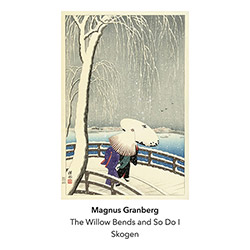
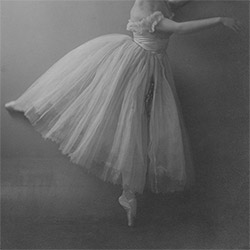
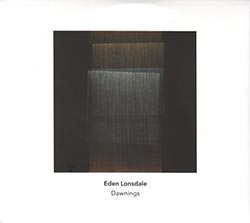
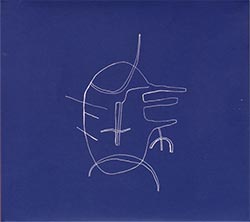

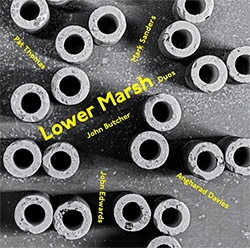


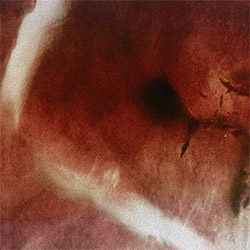
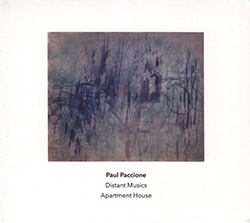
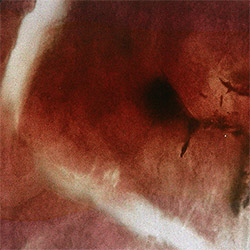

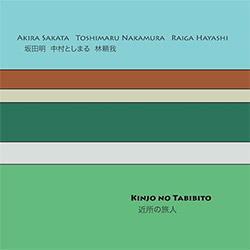
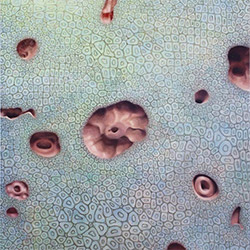
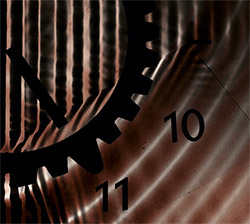
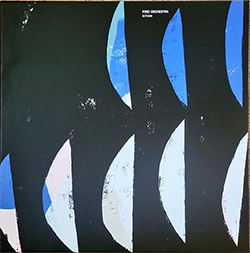
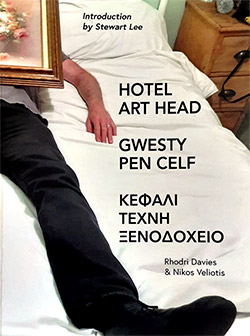

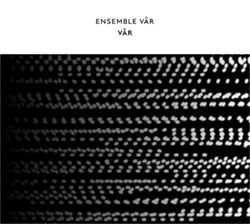


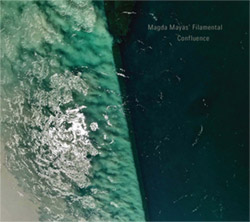
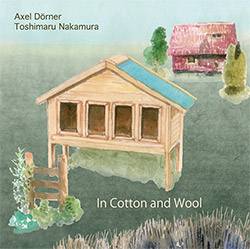
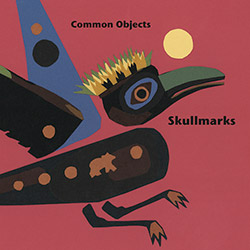
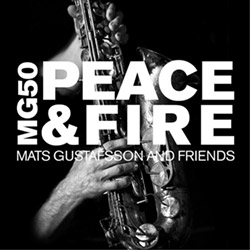
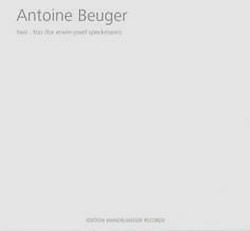

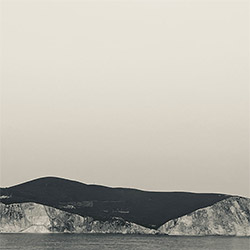

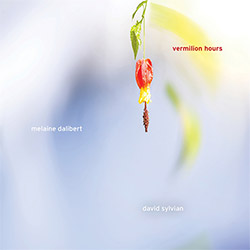
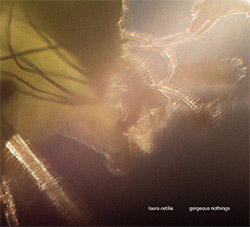
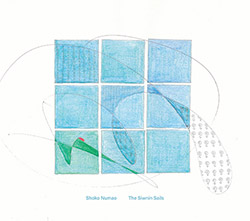
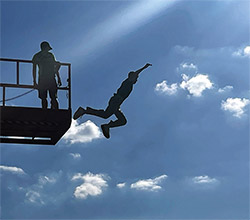
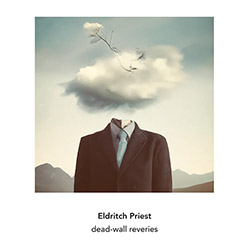
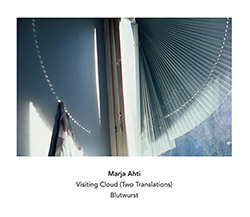
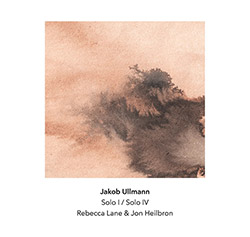
![Agnel, Sophie: Learning [VINYL]](https://www.teuthida.com/productImages/misc4/36841.jpg)
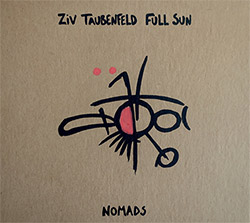
![Monaco, Amanda (w/ Michael Attias / Sean Conly / Satoshi Takeishi) : Deathblow [VINYL]](https://www.teuthida.com/productImages/misc4/36956.jpg)
![Frey, Jurg with ensemble]h[iatus: Je Laisse A La Nuit Son Poids D](https://www.teuthida.com/productImages/misc4/36988.jpg)
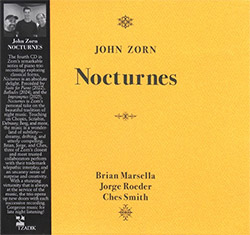

![ElSaffar, Amir / New Quartet : Live at Pierre Boulez Saal [VINYL]](https://www.teuthida.com/productImages/misc4/36830.jpg)
![Zorn, John: The Song of Songs [CD + CD BOOK]](https://www.teuthida.com/productImages/misc4/36923.jpg)

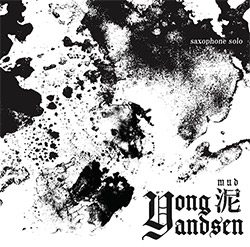
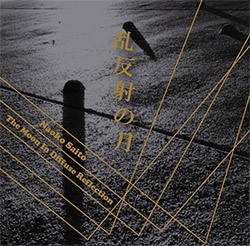

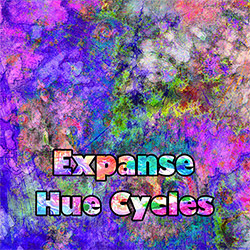
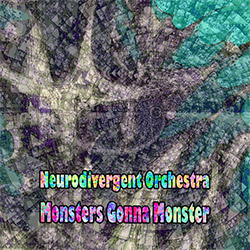
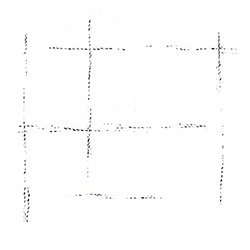

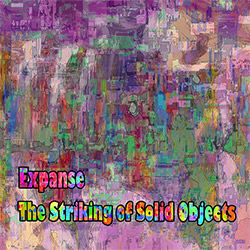
![Musicworks Magazine: #152 Fall 25 [MAGAZINE + CD]](https://www.teuthida.com/productImages/misc4/37004.jpg)
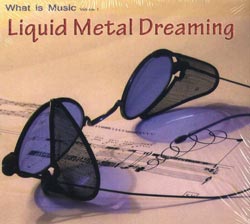

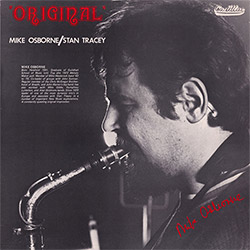
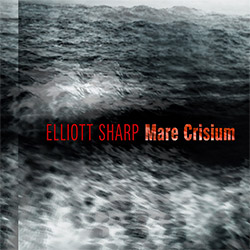
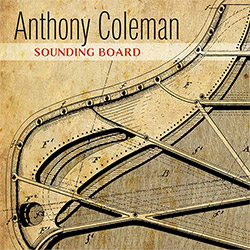
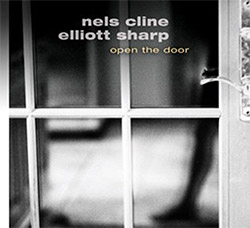
![[ahmed] (Thomas / Grip / Gerbal / Wright): Sama](https://www.teuthida.com/productImages/misc4/36976.jpg)
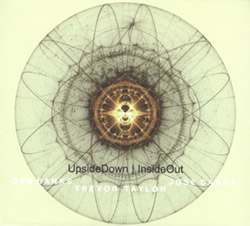
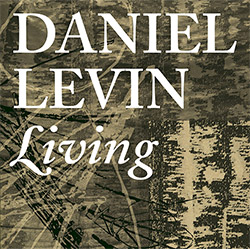
![Cleaver, Gerald / Brandon Lopez / Hprizm: In The Wilderness [COLOR VINYL]](https://www.teuthida.com/productImages/misc4/33060.jpg)
![McPhee, Joe : Defiant Jazz: a Joe McPhee Taster [VINYL]](https://www.teuthida.com/productImages/misc4/36859.jpg)
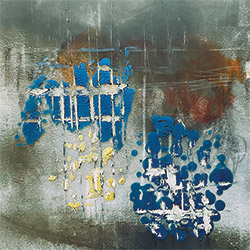
![Mateen, Sabir / Patrick Holmes / Federico Ughi : Survival Situation [LTD VINYL LP + DOWNLOAD]](https://www.teuthida.com/productImages/misc4/29891.jpg)
![Tucker, Dave / Pat Thomas / Thurston Moore / Mark Sanders: Educated Guess Vol. 1 [COLORED VINYL]](https://www.teuthida.com/productImages/misc4/30183.jpg)
![Sarian, Michael / Matthew Putman: A Lifeboat (Part I) [COLORED VINYL]](https://www.teuthida.com/productImages/misc4/30426.jpg)
![Carter, Daniel / Tobias Wilner / Djibril Toure / Federico Ughi: New York United Volume 2 [COLOR VINYL]](https://www.teuthida.com/productImages/misc4/30665.jpg)
![Mela, Francisco feat. Matthew Shipp / William Parker: Music Frees Our Souls, Vol. 1 [BLUE VINYL]](https://www.teuthida.com/productImages/misc4/30999.jpg)
![Heroes Are Gang Leaders: LeAutoRoiOgraphy [COLORED VINYL]](https://www.teuthida.com/productImages/misc4/32253.jpg)
![Carter, Daniel / Matthew Shipp / William Parker / Gerald Cleaver: Welcome Adventure! Vol. 2 [COLOR VINYL]](https://www.teuthida.com/productImages/misc4/32385.jpg)
![Carter, Daniel / Evan Strauss / 5-Track / Sheridan Riley: The Uproar In Bursts Of Sound And Silence [COLORED VINYL]](https://www.teuthida.com/productImages/misc4/32515.jpg)
![Ackerley, Jessica / Patrick Shiroishi / Chris Williams / Luke Stewart / Jason Nazary: SSWAN: Invisibility is an Unnatural Disaster [COLORED VINYL]](https://www.teuthida.com/productImages/misc4/32586.jpg)
![Mela, Francisco feat. Cooper-Moore / William Parker: Music Frees Our Souls, Vol. 2 [COLORED VINYL]](https://www.teuthida.com/productImages/misc4/32735.jpg)
![Amba, Zoh / William Parker / Francisco Mela: O Life, O Light Vol. 2 [COLOR VINYL]](https://www.teuthida.com/productImages/misc4/33059.jpg)
![Dikeman, John / Pat Thomas / John Edwards / Steve Noble: Volume 1 [COLORED VINYL]](https://www.teuthida.com/productImages/misc4/33099.jpg)
![Dikeman, John / Pat Thomas / John Edwards / Steve Noble: Volume 2 [COLOR VINYL]](https://www.teuthida.com/productImages/misc4/33184.jpg)
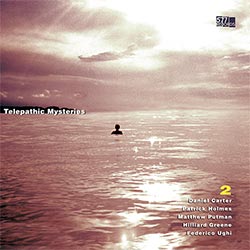
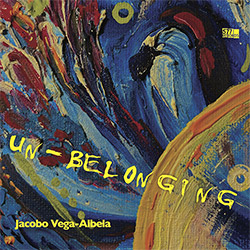
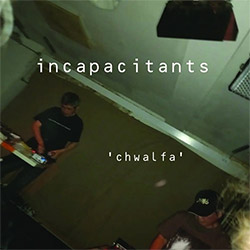
![Genthon, Anouck / Lionel Marchetti: Suite Blanche [2 CDs]](https://www.teuthida.com/productImages/misc4/36642.jpg)
![Toeplitz, Kasper T.: Erosions Programmees [CD + BOOKLET]](https://www.teuthida.com/productImages/misc4/36639.jpg)
![Gate, The : Amost Live [CASSETTE + MAGAZINE]](https://www.teuthida.com/productImages/misc4/36836.jpg)
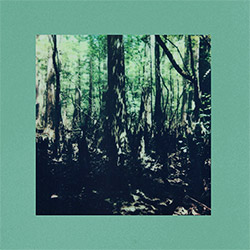
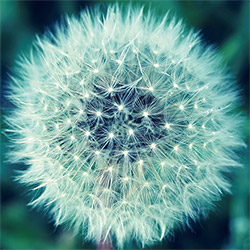
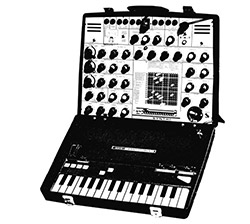
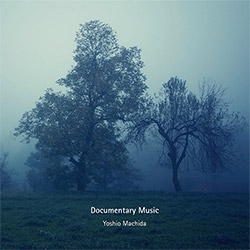
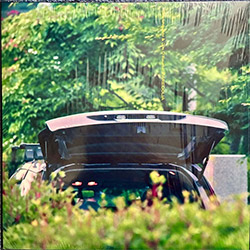
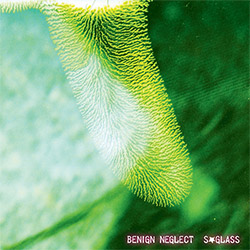
![A Magic Whistle: The Solar Cell [VINYL]](https://www.teuthida.com/productImages/misc4/36658.jpg)
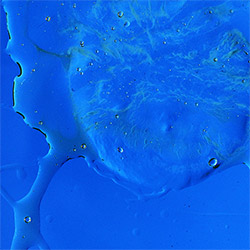
![McGee, Hal: Columbus Expedition [Cassette w/ Download]](https://www.teuthida.com/productImages/misc4/36650.jpg)
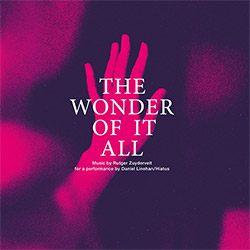

![Jaeger, Kassel: Fernweh [VINYL 2 LPs]](https://www.teuthida.com/productImages/misc4/36541.jpg)
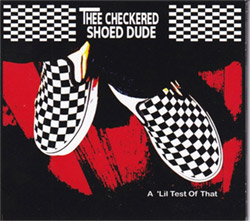
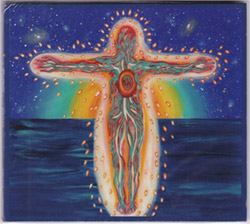
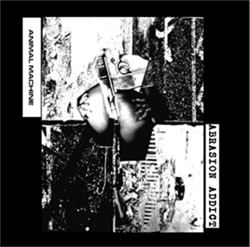
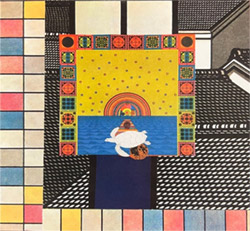

![+DOG+: The Light Of Our Lives [2 CDs]](https://www.teuthida.com/productImages/misc4/36009.jpg)
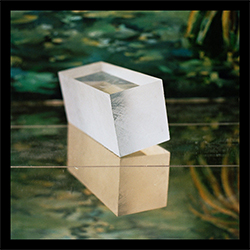
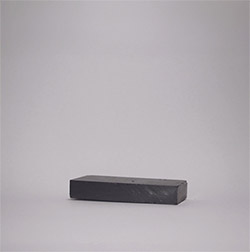
![Eternities: Rides Again [CASSETTE]](https://www.teuthida.com/productImages/misc4/36247.jpg)
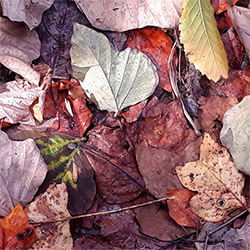
![Lopez, Francisco: Untitled (2021-2022) [2 CDs]](https://www.teuthida.com/productImages/misc4/36438.jpg)

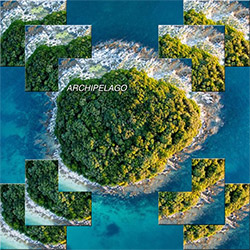
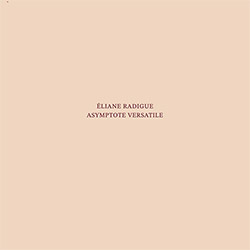
![Frey, Jurg : Composer, Alone [3 CDs]](https://www.teuthida.com/productImages/misc4/36927.jpg)
![Pisaro-Liu, Michael: Within (2) / Appearance (2) [2 CDs]](https://www.teuthida.com/productImages/misc4/36831.jpg)
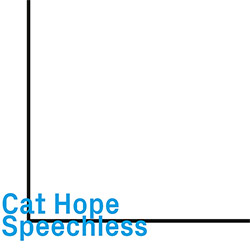
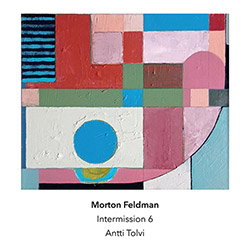
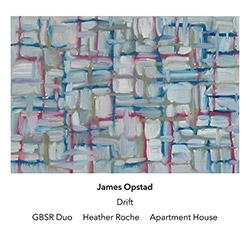
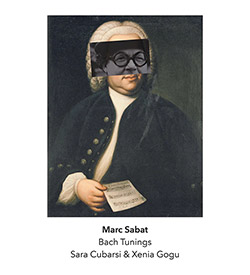
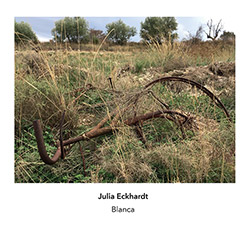
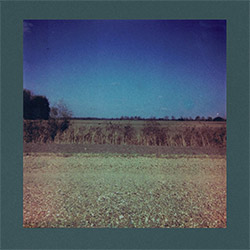
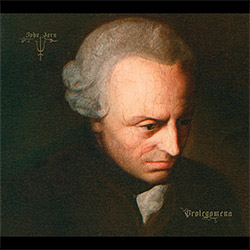
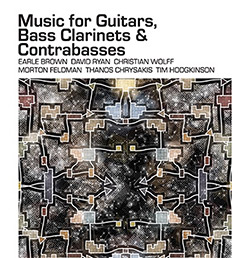

![Musicworks Magazine: #151 Summer 25 [MAGAZINE + CD]](https://www.teuthida.com/productImages/misc4/36559.jpg)
![Brown, Dan / Dan Reynolds: Live At The Grange Hall [unauthorized][CASSETTE]](https://www.teuthida.com/productImages/misc4/36245.jpg)
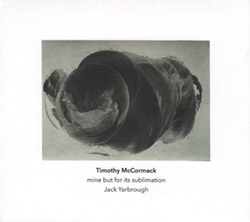
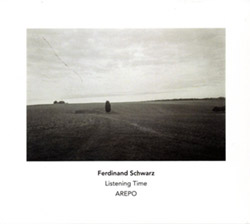
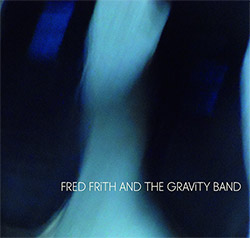
![Coultrain: Mundus [COLORED VINYL]](https://www.teuthida.com/productImages/misc4/33056.jpg)
![Hprizm: Signs Remixed [COLORED VINYL]](https://www.teuthida.com/productImages/misc4/30635.jpg)
![Halls Of the Machine: All Tribal Dignitaries [CASSETTE w/ DOWNLOAD]](https://www.teuthida.com/productImages/misc4/36134.jpg)
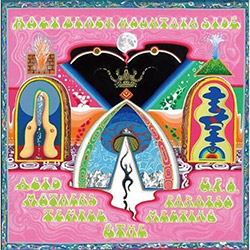
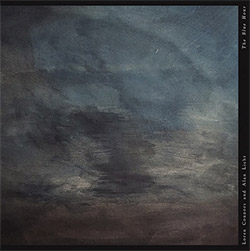
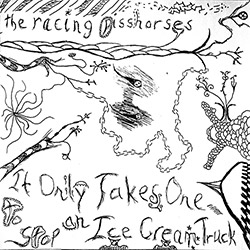
![Koenjihyakkei: Live at Club Goodman [2 CDs]](https://www.teuthida.com/productImages/misc4/36111.jpg)
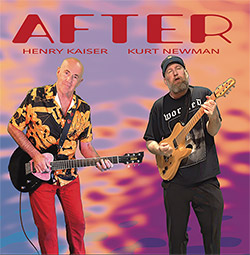
![Sorry For Laughing (G. Whitlow / M. Bates / Dave-Id / E. Ka-Spel): Rain Flowers [2 CDS]](https://www.teuthida.com/productImages/misc4/35985.jpg)
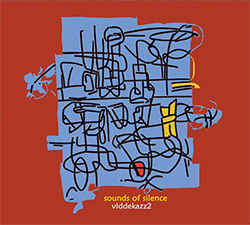
![Rolando, Tommaso / Andy Moor : Biscotti [CASSETTE w/ DOWNLOADS]](https://www.teuthida.com/productImages/misc4/36106.jpg)
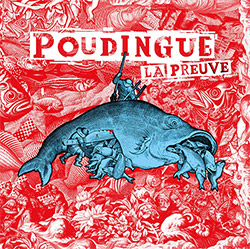
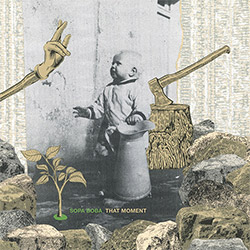
![Electric Bird Noise / Derek Roddy: 8-10-22 [CD EP]](https://www.teuthida.com/productImages/misc4/35970.jpg)
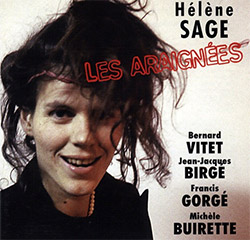
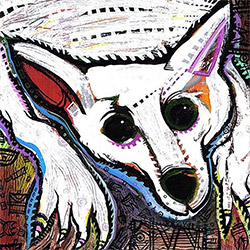
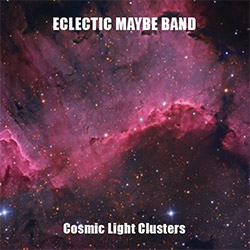
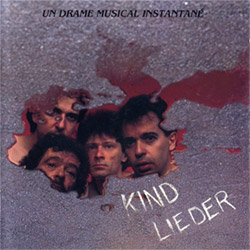
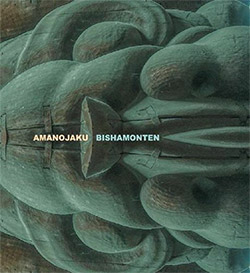
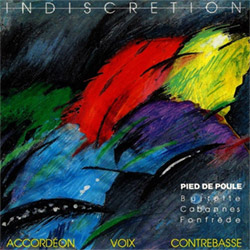
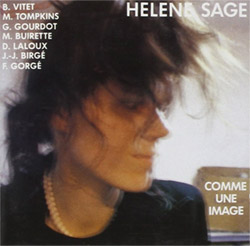

![Elephant9 : Mythical River [VINYL]](https://www.teuthida.com/productImages/misc4/34624.jpg)
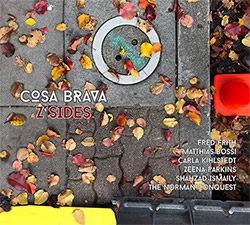
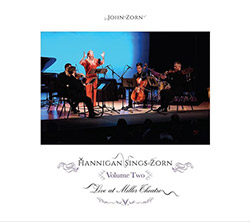

![Elephant9 with Terje Rypdal: Catching Fire [VINYL 2 LPs]](https://www.teuthida.com/productImages/misc4/35355.jpg)
![Deerlady (Obomsawin, Mali / Magdalena Abrego): Greatest Hits [VINYL]](https://www.teuthida.com/productImages/misc4/34876.jpg)
![Coley, Byron: Dating Tips for Touring Bands [VINYL]](https://www.teuthida.com/productImages/misc4/17906.jpg)

![Lost Kisses: My Life is Sad & Funny [DVD]](https://www.teuthida.com/productImages/misc4/lostKissesDVD.jpg)